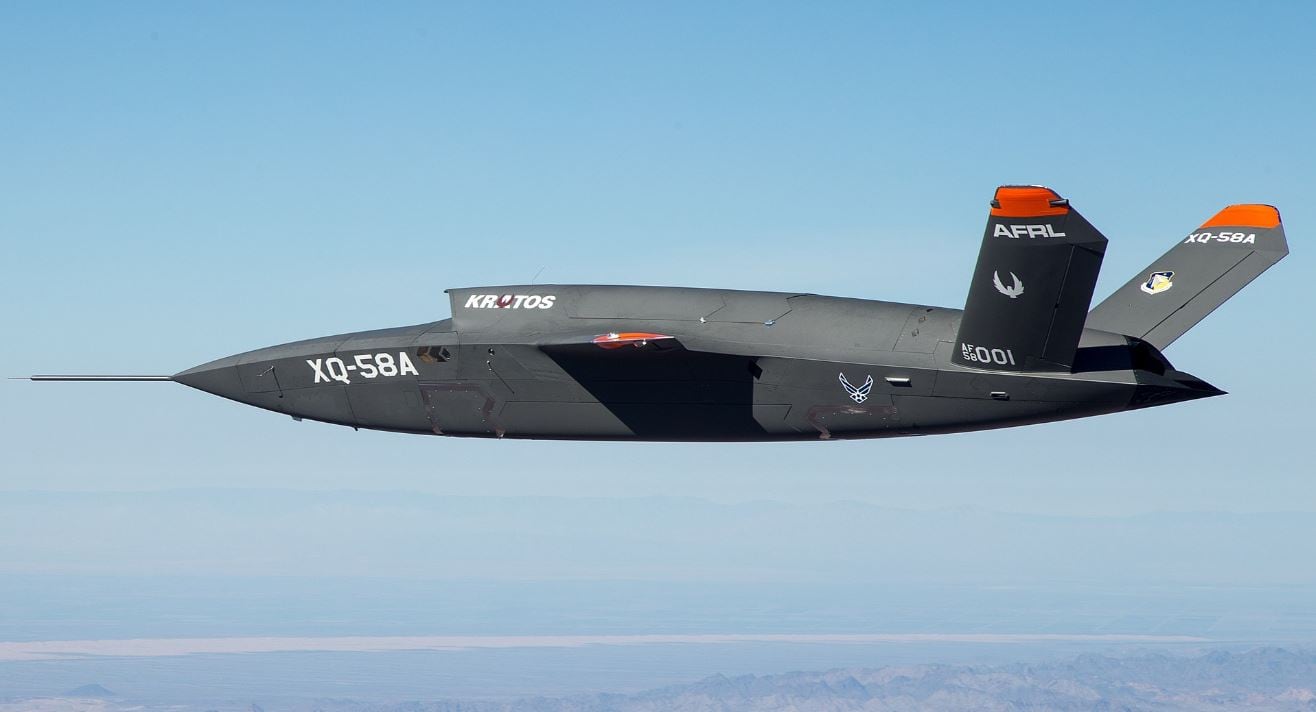WASHINGTON — Boeing, Northrop Grumman, General Atomics and Kratos will move forward in the Air Force program to build an AI-enabled drone wingman known as Skyborg.
Each company Thursday was awarded an indefinite-delivery/indefinite-quantity contract worth up to $400 million, but no seed money was immediately allocated as the firms will have to compete against each other for future orders.
Through the Skyborg program, the Air Force wants to field a family of unmanned aerial systems that use artificial intelligence to adapt to battlefield conditions. The Skyborg drone should be cheap enough where the loss of aircraft in combat could be sustained, yet survivable enough so that it could move into a high-end fight and function as a wingman to manned fighter jets.
RELATED

“Because autonomous systems can support missions that are too strenuous or dangerous for manned crews, Skyborg can increase capability significantly and be a force multiplier for the Air Force,” said Brig. Gen. Dale White, who leads the Air Force’s program office for fighters and advanced aircraft. “We have the opportunity to transform our warfighting capabilities and change the way we fight and the way we employ air power.”
Air Force acquisition executive Will Roper has said that Skyborg could eventually become smart enough that, like R2-D2 in the Star Wars films, it can autonomously present information and conduct tasks to help decrease fighter pilot workload. The system learns from prior experiences how best to support human pilots.
But in the near term, the Air Force wants to use the Skyborg program to integrate an autonomous air vehicle with open mission systems as a way to demonstrate that it can team with a manned fighter, the service said in a statement.
“Autonomy technologies in Skyborg’s portfolio will range from simple play-book algorithms to advanced team decision making and will include on-ramp opportunities for artificial intelligence technologies,” said Brig. Gen. Heather Pringle, the Air Force Research Laboratory commander. “This effort will provide a foundational government reference architecture for a family of layered, autonomous, and open-architecture UAS.”
Valerie Insinna is Defense News' air warfare reporter. She previously worked the Navy/congressional beats for Defense Daily, which followed almost three years as a staff writer for National Defense Magazine. Prior to that, she worked as an editorial assistant for the Tokyo Shimbun’s Washington bureau.







